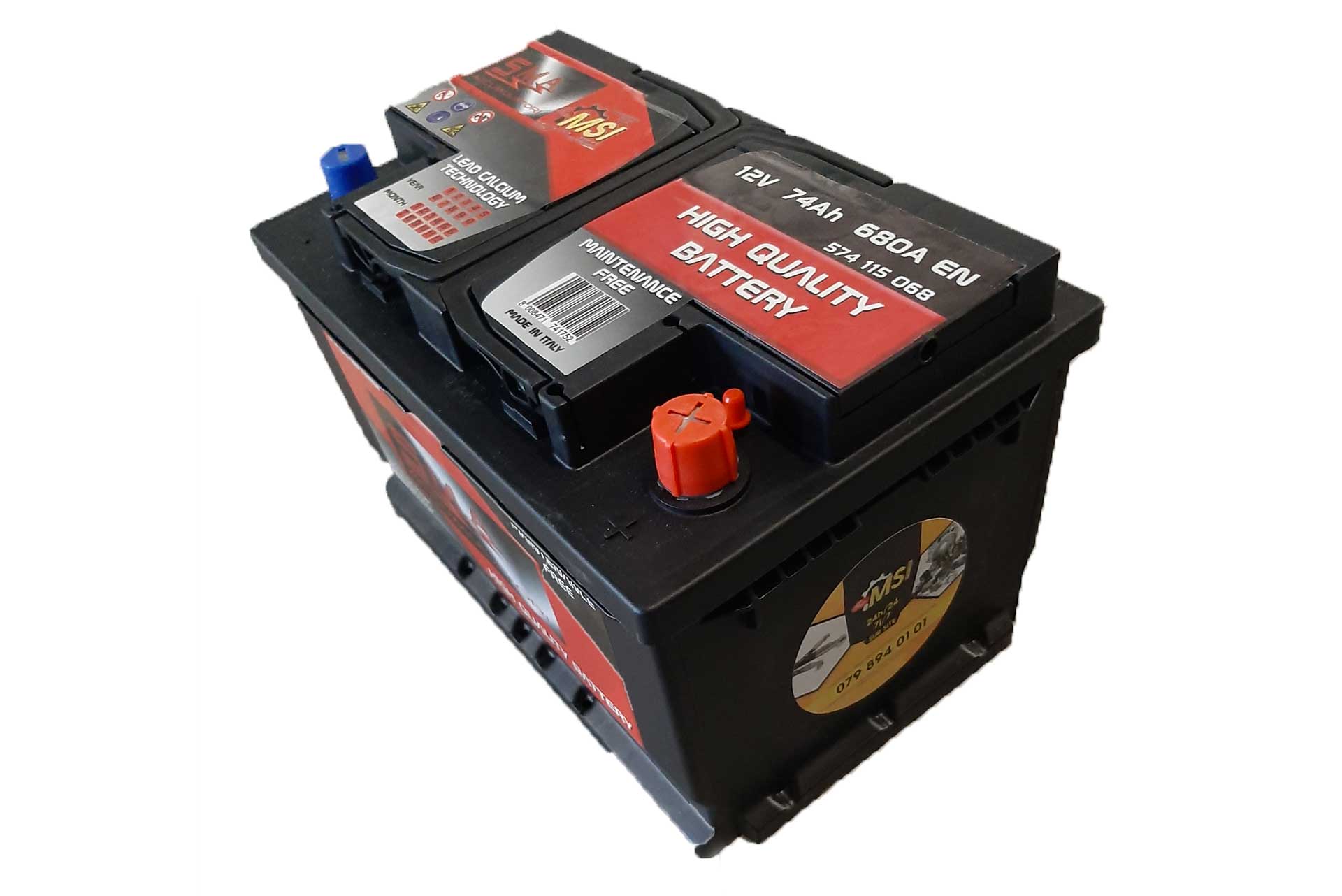Top Guidelines for Selecting a Vehicle or Bike Battery As a Expert
Picking the right battery for your car is vital for achieving optimal performance and reliability. A high-quality battery is the core of your vehicle's electrical system, powering everything from the starter motor to critical accessories. With a plethora of options available, it can be challenging to select the most suitable one that satisfies your needs.
In this manual, we will lead you through the significant factors to think about when selecting a battery, helping you to make an wise decision like a pro. Whether you are a seasoned rider or a first-time car owner, comprehending the features and specifications that are important will allow you to pick a battery that provides enduring power and peace of mind. Let's dive into the crucial tips for selecting the ideal battery for your vehicle.
Grasping Battery Varieties
While selecting a battery for your car or bike, it is important to comprehend the various types available. The usual categories are lead acid, Absorbent Glass Mat, and lithium-ion. Lead acid batteries are traditional and widely used due to their economic feasibility. They are dependable and can perform well in different temperatures, but they might necessitate routine upkeep, such as monitoring the water content.
Absorbent Glass Mat batteries have achieved notoriety because of their superior capabilities and robustness. They are engineered to be better suited to shaking and leaks, making them a preferred choice for high-performance cars and bikes. Absorbent Glass Mat batteries also provide faster charging times and a longer service life compared to lead-acid batteries, though they tend to be more expensive.
Lithium ion batteries are the most recent advancement in accumulator science. They are light and deliver significant power with little weight, making them perfect for high-performance bikes and electric autos. While they come with a elevated cost, their extended life cycle and low self-discharge rates can make them a cost-effective choice in the long term for users who value performance and effectiveness.
Key Specifications to Consider
When choosing a battery for the car or motorcycle, the first specification to consider is the cold cranking amps, or CCA. This rating indicates the battery's ability to start the engine in cold temperatures, which is especially important in regions that experience harsh winters. A greater CCA rating means the battery can deliver additional power during those critical first moments, ensuring your vehicle starts reliably regardless of the weather conditions.
Another important specification is the reserve capacity, or RC. It indicates how long your battery can power the electrical system of the vehicle in the event that the alternator fails. A battery with a greater reserve capacity can sustain essential functions like headlights and ignition for a longer duration, providing you with peace of mind and minimizing the risk of being stranded due to a dead battery.
Finally, pay attention to the battery group size. This is a standard that indicates the dimensions and terminal configuration of the battery. Choosing the correct group size is vital for adequate fitment in your vehicle's battery compartment. An ill-fitting battery can lead to poor performance and can even cause damage to the vehicle. Be sure to consult your owner’s manual or a battery specialist to ensure you choose the appropriate group size for your car or motorcycle.
Upkeep Advice for Longevity
To ensure your power source functions as far as long as possible, routine maintenance is important. Begin by ensuring the accumulator contacts clear and without oxidation. Oxidation can hinder voltage and result in subpar performance. Use a combination of baking soda and liquid to scrub the terminals, and remember to apply a safeguarding layer to prevent upcoming accumulation.
Another important aspect of upkeep is checking the liquid levels in your battery, particularly if it is a conventional lead-acid type. Low fluid levels can cause the battery to become too hot, resulting in sulfation and irreversible deterioration. Periodically look for any seepage and fill the electrolyte with filtered water when needed, but steer clear of filling too much.

Lastly, keeping your battery correctly is vital, particularly if you're not operating your automobile for an extended period. Keep yuasa battery in a cool, arid location and connect them to a trickle charger if necessary to preserve their charge. Occasionally inspect their voltage to ensure they continue in good condition, as this easy measure can significantly improve their longevity.